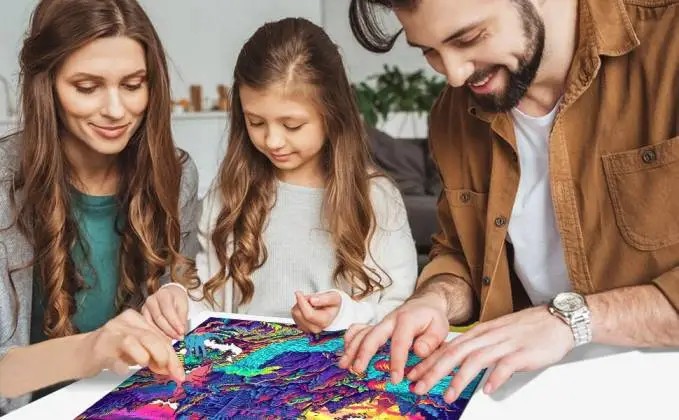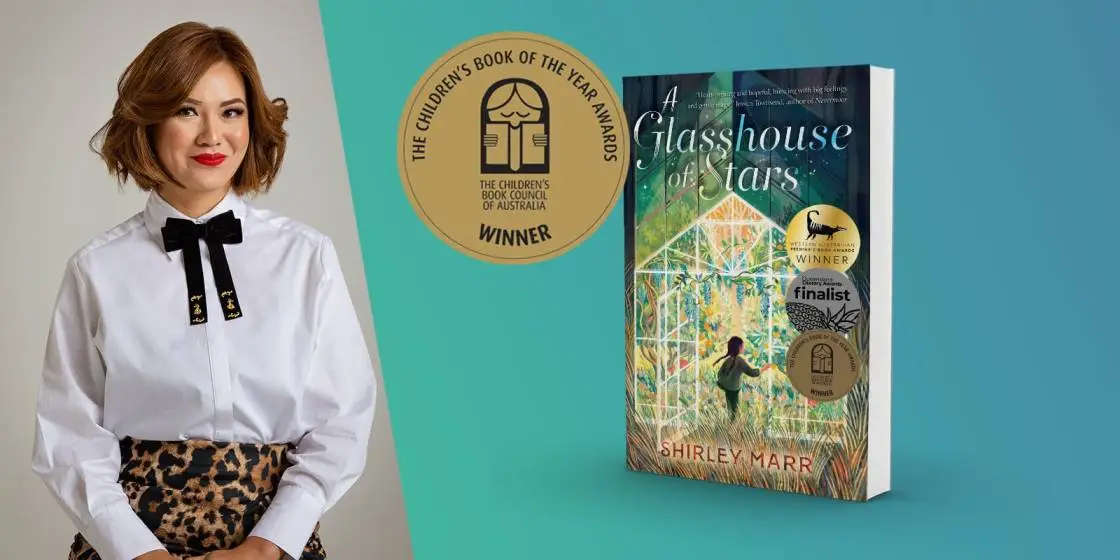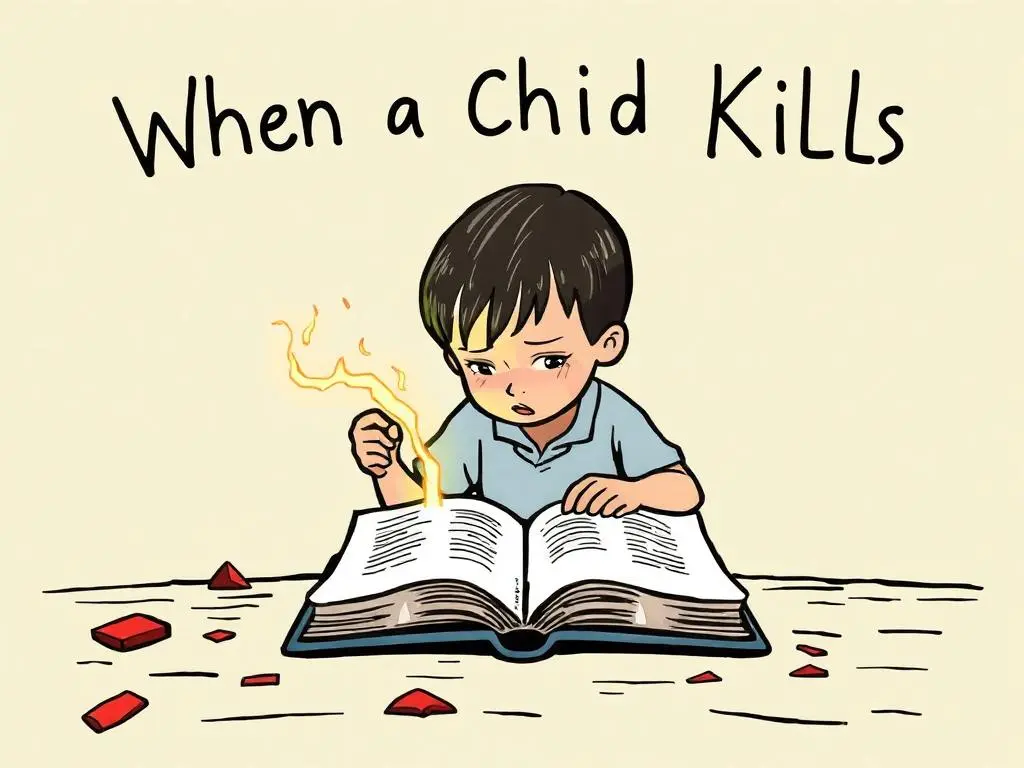Working for Social Change, High School Students Find a Social Life

For every generation categorized as “lazy” or “uninformed,” along comes a group of young people to Shut. That. Down.
In 1960, it was four college students in Greensboro, N.C., who began the sit-ins that led to lunch counter desegregation. A few years later, it was students on college campuses who initiated widespread protests of the Vietnam War.
More recently, there was the Standing Rock youth movement against the Dakota Access Pipeline, and the Black Lives Matter movement, formed in response to the acquittal of the man who killed the black teenager Trayvon Martin.
Clearly, young people have been at the forefront of social change for decades.
The 17-year-old climate change activist Greta Thunberg once said, “I want you to act as if the house is on fire, because it is.” This directive might also serve as the unspoken motto for Maya Rehman and Jamie Goldberg, the protagonists of Becky Albertalli and Aisha Saeed’s YES NO MAYBE SO (Balzer + Bray, 448 pp., $19.99; ages 14 and up).
It’s summertime in suburban Atlanta, and Maya is dreading the impending departure of her best (and, by Maya’s admission, only) friend, who’s heading off to college. She’s also coping with another enormous change: Her parents are separating, and her father is moving out — during Ramadan, no less.
Jamie, whose brand of awkward includes perpetually flushed cheeks and blurting embarrassing portmanteaus, is nervous about his upcoming canvassing gig for Jordan Rossum, a local candidate running for State Senate in a special election.
He’s also tasked with giving a speech at his sister’s quickly approaching bat mitzvah — which would be fine if he weren’t a self-proclaimed “catastrophically terrible speaker”; after all, he once vomited on a state senator during an interview, losing out on the internship that had been created just for him.
Maya and Jamie haven’t seen each other since they were children, when they frequented the same indoor playground. Now 17, they unexpectedly reunite during a Rossum campaign stop at the Rehman family’s masjid. After Maya’s mother learns of Jamie’s canvassing plans, she forces her daughter to join him so Maya can fill her empty summer days. Jamie is thrilled, but Maya is reluctant to spend the next few weeks volunteering with some guy she used to know — and campaigning for some candidate she doesn’t know at all.
So begins the journey of “Yes No Maybe So,” a novel bursting with hope, truth and action. Along the way, Albertalli and Saeed demonstrate to young readers that Jamie and Maya are, essentially, just like them: everyday teenagers enjoying everyday things — Target, Mario Bros., Instagram, Goldfish crackers — who could change the world. They’re also real: warm, funny, sensitive, determined, but not without flaws.
Despite the thread of optimism woven through their story, Maya and Jamie face myriad problems they attribute to the 2016 election, when “Bowser became president.” White supremacy is openly discussed as Maya and Jamie fight Islamophobia and anti-Semitism from constituents, politicians and trolls out to sabotage Rossum’s campaign. The two never lose sight of the fact that Rossum won’t succeed with low voter turnout, and they aren’t shy when confronting family members, friends and acquaintances about their apathy and pessimism around the special election.
The topic Jamie and Maya won’t discuss is their burgeoning connection, which intensifies as the election draws nearer. For Jamie, the obstacle is calming his nerves enough to confess how he feels about Maya; meanwhile Maya can’t forget that her parents don’t want her dating at all right now, though she cares for Jamie, too.
“Yes No Maybe So” is about speaking up, showing up and being an effective ally. But at its core it’s a reminder that the Greta Thunbergs, Malala Yousafzais and Autumn Peltiers of today were once Jamies and Mayas: everyday teenagers who saw their house was on fire and worked tirelessly to extinguish the blaze.




